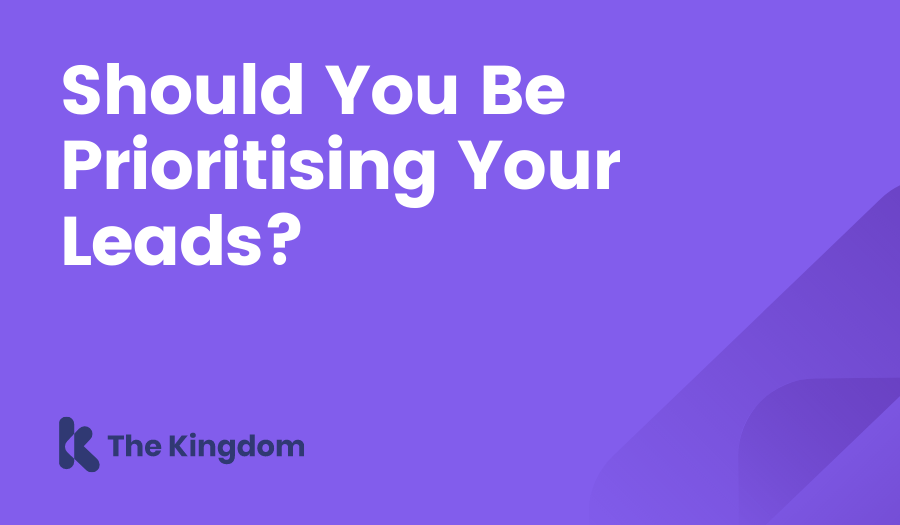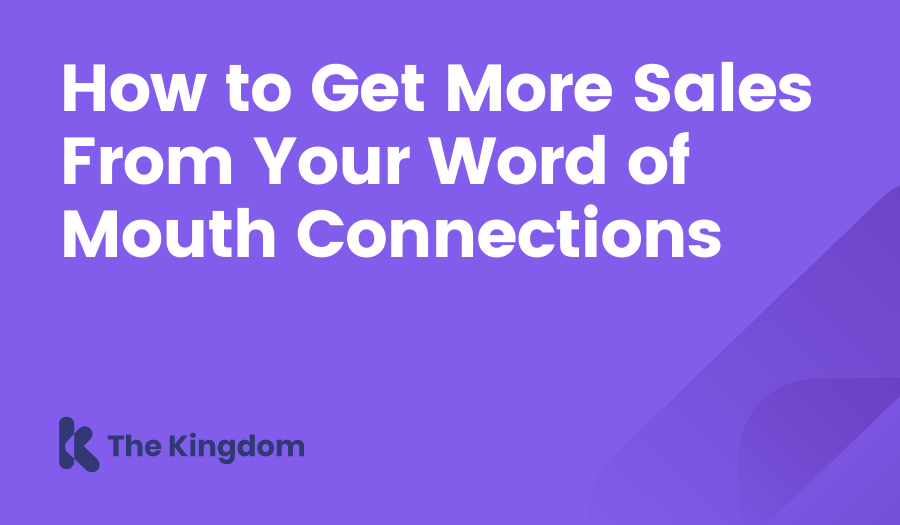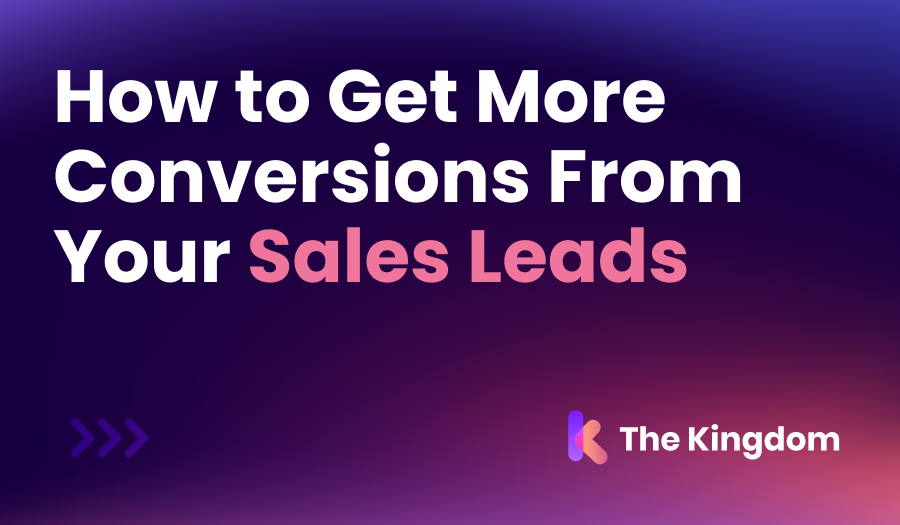Leads are always a good thing. They increase your brand awareness and grow your pool of customers. But if you’re attracting a high volume of leads, it can be difficult to separate leads based on quality. In such a scenario, your sales team might benefit from a lead scoring scheme.
You’re probably pretty familiar with the lead conversion process. A visitor to your website is converted into a lead when she/he engages with your business through a form, survey or subscription. But as Jeanne Hopkins of HubSpot explains, “Not all leads are created equal.” Just as not all visitors will become leads, not all leads will translate into customers. Learning how to prioritise your leads can give your business some important advantages.
The Benefits To Your Business
Lead scoring can create a better experience for your leads and increase the efficiency of your sales team. This is usually a twofold process.
Firstly, by managing your leads, you can ensure that the content they receive is suitable to their position in the sales funnel. For example, your lead could be in the brand awareness stage—thus your marketing team should focus on content that establishes trust and thought leadership. Or, your lead could be in the consideration stage—so your content should provide product and service information.
HubSpot reports that 50% of your leads will not be sales-ready after their first conversion on your website.
Data shows that the majority of your leads will most likely not be ready to buy your product or service. Lead scoring will allow your sales team to focus only on quality leads, saving both time and energy.
How To Score Your Leads
Essentially, lead prioritising involves attaching certain values to your leads. These values are based on the professional information they've provided, as well as the behaviour they’ve exhibited on your website. Crafting the right criteria for your values is important.
When setting out criteria, ask yourself: What defines your ideal lead? What information do you want to ask them?
To begin, write a list of qualifications that your ideal lead might possess. Additionally, write a list of the different ways an online visitor might interact with your company.
Next, set out the value points according to your business model. Remember, you can score leads both positively and negatively in each category. Here are some criteria you might find useful:
- The breadth of contact information provided
- Budget
- Organisation size/type
- Job title
- Location
- Downloads
- Frequency of interaction
- Email activity
It is then time to decide which score would qualify to send a lead to your sales team. It is helpful to analyse what has lead to sales conversions in the past.
Software Can Help
Lead scores can be fluid, changing from day-to-day. For this reason, it is difficult to prioritise leads manually. Lead management software is perhaps the best way to set your lead priorities. If you're a HubSpot customer, the HubSpot score will be your close companion. It allows the lead scoring process to take place quickly and easily.
Engaging With Your Customers
While casting a wide net might be useful to the fisherman, marketing in 2016 is a whole different ball game. The internet is saturated with businesses selling their products and services online. Marketing needs to be more targeted. It is more important than ever to engage with your customers in a meaningful and constructive way. Lead management software is the simple way of ensuring you speak to the right person at the right time.
If you'd like to discover more about lead prioritisation, you can sign up for a free inbound marketing assessment with The Kingdom. We can help you grow your customer base.



